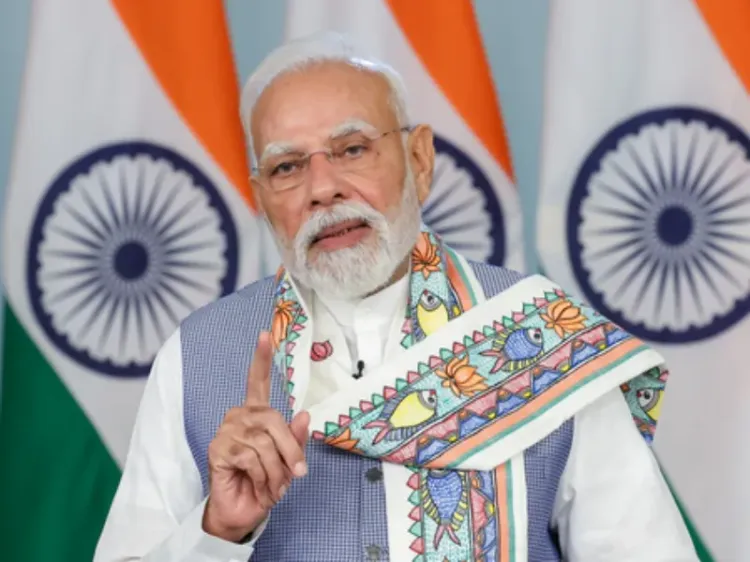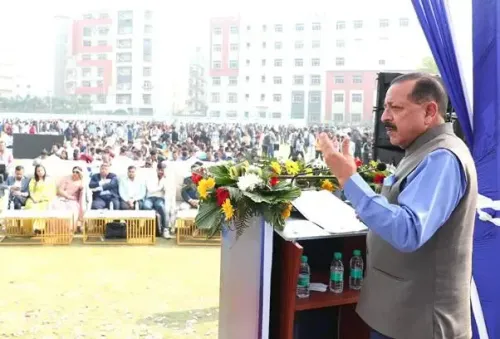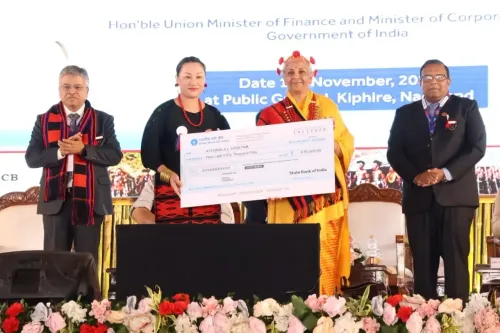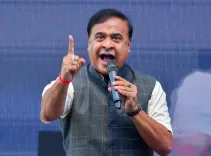How Do GST Reforms and Citizen-First Infrastructure Reflect PM Modi's Commitment to Citizens?

Synopsis
Key Takeaways
- GST reforms simplify tax structure
- Focus on lowering consumer prices
- Enhanced infrastructure prioritizes citizen needs
- Commitment to meticulous planning and execution
- Encourages business compliance and growth
New Delhi, Sep 27 (NationPress) In a recent post, Prime Minister Narendra Modi highlighted an article by Union Minister for Petroleum and Natural Gas Hardeep Singh Puri, emphasizing that initiatives like GST simplification and citizen-centric infrastructure demonstrate a robust planning framework, meticulous attention to detail, and a promise to ensure that advantages reach every individual.
The Union Minister remarked that the PM's initiatives are yielding tangible results.
Hardeep Puri stated on X, "Narendra Modi's exceptional professionalism and unparalleled work ethic are making a notable difference, and his disciplined approach, which translates vision into sustainable systems, distinguishes the PM from others."
He praised the PM's diligence, noting how he meticulously reviews every document and file prior to meetings, setting high expectations for the entire system.
"There is a unique working style behind these decisions. Conversations are respectful yet candid; diverse opinions are embraced, but deviation is not tolerated. After listening to all perspectives, he distills complex information into key options, delegates responsibilities, and identifies the metrics for success," he commented.
Puri emphasized that the strongest argument, not the loudest voice, wins; thorough preparation is recognized; and follow-up is unwavering.
Recently, the government undertook a significant overhaul of the Goods and Services Tax (GST) framework, eliminating the 28% and 12% tax brackets from the existing four-tier structure (5%, 12%, 18%, 28%) to establish two primary rates—5% and 18%.
The GST Council approved these changes in September 2025, with implementation starting on September 22, 2025. A special rate of 40% was also introduced for luxury and "sin" goods.
These reforms aim to benefit consumers by reducing costs on everyday products and assist businesses by simplifying compliance and addressing complex issues like inverted duty structures.
Numerous items formerly categorized under the 12% and 28% tax slabs, including household electronics, compact cars, and auto components, have now been reassigned to the lower 18% slab. Essential items such as packaged foods, personal care products, and dairy goods have shifted from 12% or 18% to the 5% slab.









